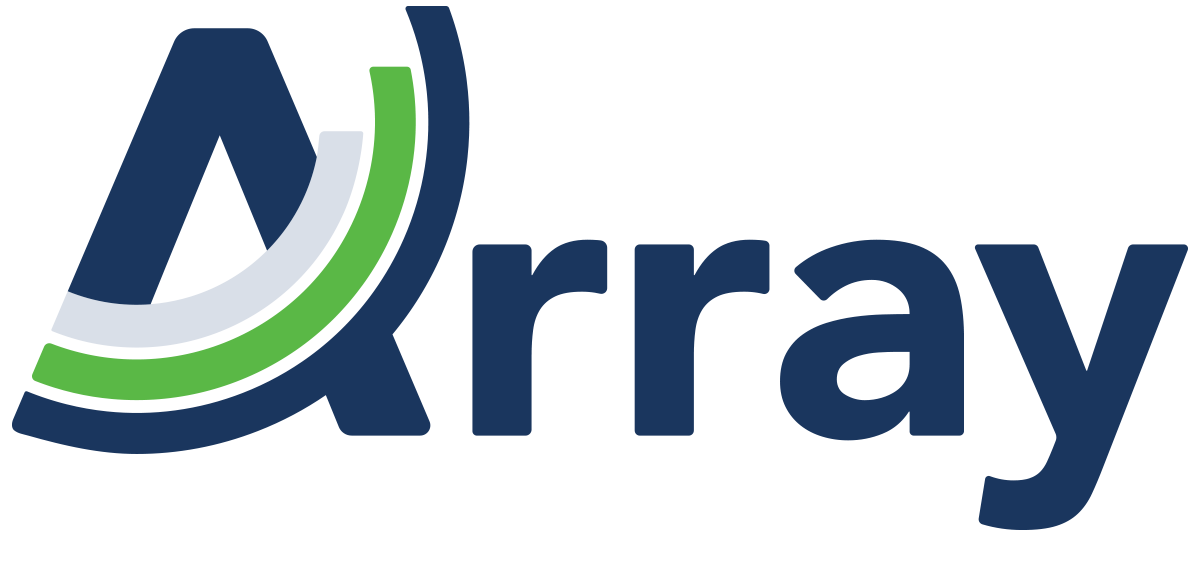Every week, the Array team reviews the latest news and analysis about the evolving field of eDiscovery to bring you the topics and trends you need to know. This week’s blog covers the week of January 29-February 4. Here’s what’s happening.
Survey Shows High GC Comfort Level With AI Use in eDiscovery
General counsel are most comfortable with their team or outside counsel using AI for eDiscovery and document review, according to a survey of 60 GCs and Chief Legal Officers conducted last summer and released last month by FTI Consulting.
The survey asked for in-house legal leaders’ comfort level with AI use in eight areas: compliance monitoring, investigations, legal research, legal operations, early case assessment, eDiscovery, document review, and contract analysis or review. 82% said they were comfortable with AI use in document review and 80% were comfortable using it on eDiscovery. Investigations received the lowest trust level with only 37% feeling comfortable with AI use there.
Of the 82% comfortable with AI use on document review, 38% were very comfortable and 23% were extremely comfortable. For eDiscovery, 35% were very comfortable and 23% were extremely comfortable. For comparison, only 28% of those surveyed said they were currently using generative AI for legal functions.
One U.S.-based GC was quoted in the survey as saying: “I feel more comfortable deploying AI for e-discovery than any other task, but I still want humans to conduct a final review before production. In what we do as lawyers, words matter, such as immediately vs. promptly, and I am not comfortable that AI can make that distinction yet. Consequently, I am reluctant to adopt it for our work.”
A GC with global oversight said: “This all assumes that I trust my team and my outside counsel, and that they understand the limitations of the technology. I need to know that the work was supported by AI. I am also more likely to trust the use of it by someone who is more seasoned because they have the experience to know whether it is a legitimate response. I need a higher level of human discernment when using AI.”
With comfort level increasing, Array expects that adoption of the technology for eDiscovery and document review will increase as well. It is important to work with a technology partner who understands the balance between utilizing AI as an assistive measure but, at the forefront, still encourages responsible use of the available tools by weaving seasoned document review attorneys into the process through guidance and quality control of the AI models.
A Case for Informal ESI Protocols
Legal Dive covered comments made on a webcast by U.S. District Court Judge Xavier Rodriguez of the Western District of Texas, who opined that ESI protocols should be constructed as an informal agreement between parties.
“If the protocol is later seen as unfeasible, you have to petition the court to modify it,” he said, adding that “companies won’t produce relevant documents they discover if they’re not within the protocol. I think that’s a complete misreading of the rules.”
We’ve previously written about strict ESI protocols that lead to compliance and preservation challenges. Our philosophy: When negotiating ESI protocols, it’s important to ensure that the protocols are flexible and leave room for meet-and-confer opportunities if unexpected situations arise. Array assists case teams by reviewing proposed protocols to ensure that the technical requirements are feasible and readily available in order for the case team to be able to comply without unnecessary difficulty or additional expense.
More 2024 Predictions
GreenbergTraurig’s eDiscovery Watch blog gives us five more trends to watch in eDiscovery this year, including this food for thought: While AI will be increasingly used in eDiscovery this year, and AI tools like predictive coding can save time and money, AI also “has the potential to actually create more documents for review to the extent client use of AI generates additional documents. In a world where client charges are based on data size, use of AI could become a double-edged sword.” Read more here.
Other eDiscovery news and tips from last week:
- E-Discovery in Employment Cases: Practical Issues (Reuters)
- Harnessing the Power of Technical E-Discovery Neutrals in Litigation (New York Law Journal)
- The Essential Guide To eDiscovery In Confluence And Jira (Above the Law)

